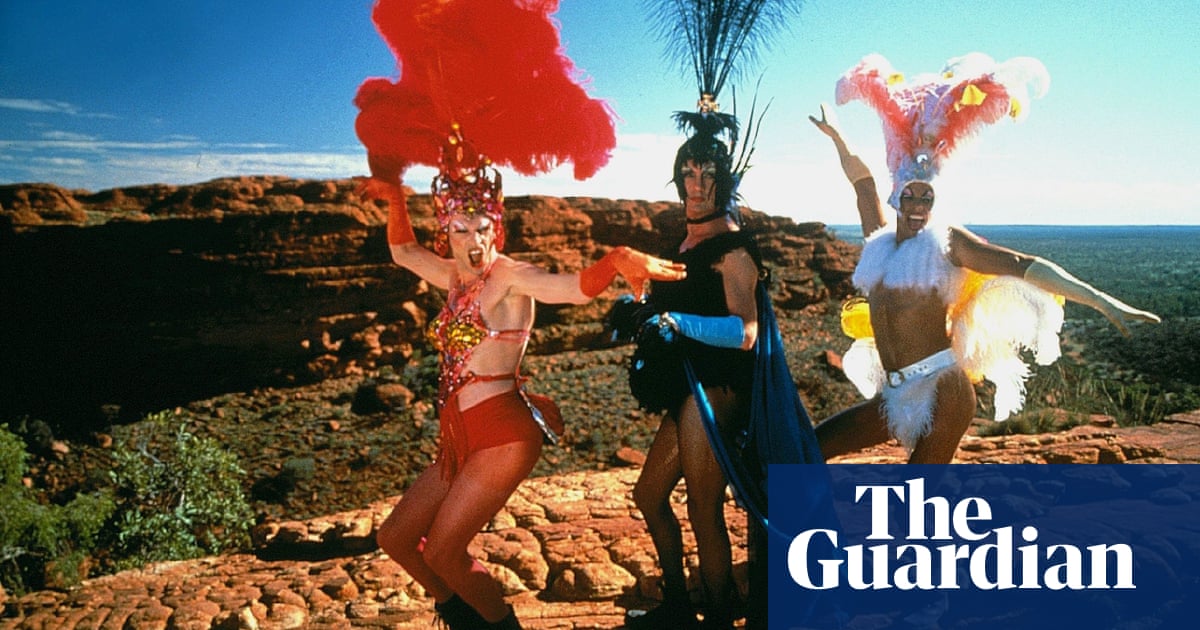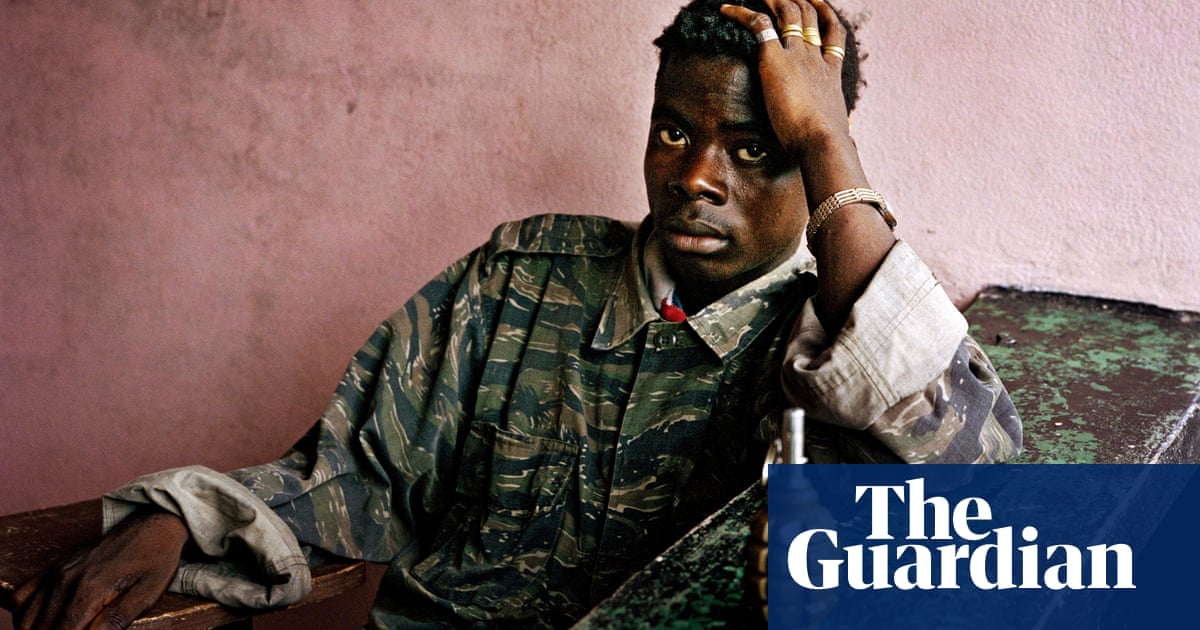
How Hollywood’s Streaming Boom Drives Ontario’s Production Juggernaut: “We’re Incredibly Busy”
Netflix may be struggling, but the streaming wars have certainly been good for Ontario. The sheer number of platforms and their surging viewership explain why the province’s film and TV producers, crews and VFX houses are running at record pace as concerns about the pandemic finally begin to subside.
In 2021, Hollywood producers dropped $1.91 billion locally on originals like Guillermo del Toro’s Nightmare Alley, Hulu’s The Handmaid’s Tale and Apple’s See, an expenditure that blew past pre-pandemic levels as media giants throw everything at the wall for streaming dominance.
That foreign production tally — which continues with more recent shoots like the Jason Momoa fantasy Slumberland for Netflix — eclipsed domestic production expenditures of $965 million last year.
Related Stories
The pandemic, however disruptive, has become a major relationship-building exercise for the Ontario industry, with major U.S. studios and streamers likely to be paying pidends for years to come. Karen Thorne-Stone, president and CEO of Ontario Creates, which markets the province in Hollywood, argues the Ontario industry quickly pivoted to strict measures to mitigate the COVID-19 crisis, assuring safety for creatives and crews on bubble-wrapped film sets.
“The film and television industry has been operating in the new normal in Ontario for a long time now,” she says. “We were back up in the summer [of 2020] with those very strong health and safety protocols that allowed the industry to continue to operate. And for the time being, my sense is that’s going to continue.”
One of the more prominent beneficiaries of all this activity is the property development industry. The acceleration of linear to streaming TV has fueled a seismic soundstage construction boom in and around Toronto, backed by Wall Street financing.
“The industry has a great baseline, a strong creative sector already in existence, a strong Canadian content community, so we’re not building from zero, and the potential in the next three to five years is really exciting in Toronto,” Jason Hariton, chief studio and real estate officer for the MBS Group, a Hackman Capital Partners company, tells THR.
Hackman Capital is placing big bets on studio space in Los Angeles and elsewhere internationally amid the streaming boom. MBS is currently developing two ambitious new projects: Basin Media Campus, a $250 million purpose-built film studio on Toronto’s waterfront, and the roughly $200 million Downsview Studios, which will offer an initial eight soundstages, followed by additional studio space in the form of converted airplane hangars at the adjacent Downsview air base as part a wider 370-acre redevelopment project.
Ontario currently has about 3.7 million square feet of studio space, and that is expected to grow to 5.7 million square feet in four years.
The province’s fast-growing studio construction didn’t happen overnight and required years of groundwork. Toronto Mayor John Tory points to big studio investments by Hackman Capital and others, made after repeated assurances by Ontario that it would meet the growing global demand for film and TV soundstages. “They’ve taken a look, they’ve listened to our pitch, they’ve come and visited and, based on the availability of land and the talent that’s here and the commitment of the city and the provincial government to ensure production activity is well supported, they’ve responded with investments,” Tory says. The Toronto mayor adds that he’s committed to ensuring studio construction is not held up by red tape and that multicultural Toronto grows its increasingly inclusive talent pool.
Marguerite Pigott, film commissioner and director of entertainment industries for the city of Toronto, adds that as the most perse city in the world, Toronto has set itself apart from rival jurisdictions as a tastemaker for global streamers on what original content will work with subscribers internationally. “What we’re hearing from company owners and producers is, because we have such a perse workforce, we have a more direct understanding of the global market and global tastes because Toronto is home to everybody. That gives us an understanding of other territories creatively,” she argues.
Magda Grace, head of Prime Video Canada, who oversees Amazon Prime’s local content development and expansion, adds that greenlighting local content — including its first Canadian scripted drama, Three Pines, starring Alfred Molina, Elle-Maija Tailfeathers and Tantoo Cardinal — is an attempt to reflect Canada’s persity in front of and behind the camera. “Understanding the local language, the persity of cultures, a persity of abilities, sexual orientation, all those things are super important in how we develop character and ensure we reflect our audiences through our content,” she insists.
Amanda Parris, creator of the CBC Gem comedy Revenge of the Black Best Friend, about a self-help guru out to cancel the entertainment industry’s reliance on token Black characters, says the streaming boom is helping to foster persity on both sides of the camera. She welcomed the creative freedom of shooting her six-parter on a streaming platform.
“It made the most sense to be in the digital sphere, where younger audiences go and there’s breaking of conventions, and that’s what this series is attempting to do,” Parris says of the Toronto-shot series that stars Olunike Adeliyi.
Other local producers also welcome content landing on streaming platforms for greater creative freedom and expression. Damon D’Oliveira, co-creator of Festivale, a six-part anthology series for the local Crave streaming service, says the project by and about Black Canadians is avoiding the pitfalls of traditional linear TV. “Being on a streaming platform, you avoid the roadblocks of censorship as far as language, sex and sexuality. Even digging into race and representation, you have a much broader canvas to paint on. I just feel there’s no limitations,” D’Oliveira says.
Despite industry headwinds, including the pandemic, execs see Ontario’s production sector gaining ground this year and beyond over rival jurisdictions as new innovations like virtual production stages are blended with traditional advantages like tax incentives.
“Depth of crews. Variety of locations. A competitive tax credit and very skilled producers,” is how Paul Bronfman, chairman of Pinewood Toronto Studios — which has Netflix projects and the Star Trek: Discovery TV series on its stages via long-term leases — describes Ontario’s weapons to drive continued growth.
That competitive tax credit includes bonus incentives for shoots just outside of Toronto. Michael Sparaga penned the screenplay for and will also produce Humane, the feature directorial debut for Caitlin Cronenberg, daughter of iconic director David Cronenberg, set to shoot in Hamilton in June.
He says that Hamilton, an hour down the road from Toronto, has become a thriving production hub with an expanding supply of studio space and a helpful local film commission. “They have done a really great job in taking advantage of their geographical location so close to Toronto and attracting producers looking to tap greater tax credits,” Sparaga adds.
The Office writer Anthony Farrell, as the showrunner and executive producer of the sci-fi comedy Overlord and the Underwoods, decided to bring his series shoot to Orangeville, Ontario, for the regional tax credits, but also for the suburban look required for the BYUtv, CBC and Nickelodeon International show produced by Marblemedia.
“A lot of these towns are becoming more savvy when it comes to helping even bigger productions work because once we’re there, we’re going to be drinking at your coffee shops, ordering from your restaurants, doing all the things to infuse cash into the system,” Farrell says.
Across the province, Ontario’s fast-growing production volume is also leading to more skilled and challenging work for local production talent.
Sharon Lewis, a director on Netflix’s mother-daughter coming-of-age series Ginny & Georgia, which shoots in and around Toronto, says the U.S. show has Canadians in all key positions. “They brought in only one U.S. director for a very popular Netflix show. That’s a significant shift that we’re seeing from Canada for a high-profile show,” she argues.
Annie Bradley, a director on the fourth season of CBS’ In the Dark, shooting in Toronto through May, is also chair of the Directors Guild of Canada’s Ontario pision and sees the local industry winning the battle to get more fellow directors, cinematographers and production designers to work on local Hollywood shoots. She points to Canadian Cinematographer Society members increasingly working on HBO, Netflix and other premium scripted series shot locally, including Jeremy Benning lensing The Expanse; Kristin Fieldhouse, DP for CBS’ Good Sam; and Michael Heathcote, a steadicam operator on The Handmaid’s Tale and now busy with Creed 3.
Says Bradley: “Across all the unions, we’re winning the battle big time. There’s a real interest in the Canadian talent pool, both from above the line and below the line.”

























































